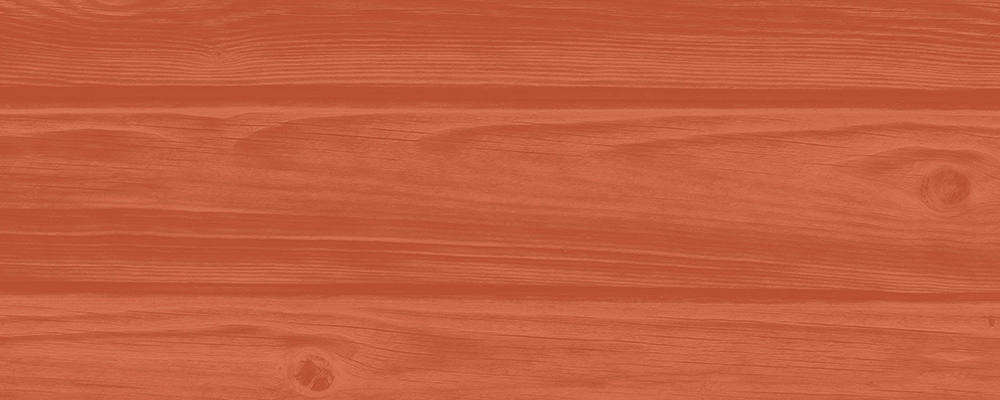As of September 22, 2023, there have been a total of 6,400 wildland fires in Canada, according to the National Wildland Fire Situation Report.
On top of the devastating wildfires, there were 10,819 residential fires in 2021. According to Statistics Canada, this number is consistently in the 10,000 range from 2017 to 2021. Preventing residential fires often comes down to installing a functioning smoke detector and maintaining a safe distance between fire fuel—leaves, trees, and debris—and your cottage, says Mark MacDonald, the fire services liaison for the Ontario Association of Fire Chiefs.
But there’s more that you can do. As urgency among fire-related incidents inside and outside the home and cottage grows, now is the time to prepare. In 2022, 133 people died in Ontario fires—the highest number in decades, says MacDonald. On average, residents have 90 seconds to evacuate the building before smoke and flames take over. With little time to exit, it is essential to fireproof your cottage. Here are 10 ways you can extend your exit time at the cottage.
Use the right roofing
Cedar shake shingles, while popular among cottagers, burn easily, posing a severe fire hazard, says Kevin McKelvey, the fire prevention officer for the Gravenhurst Fire Department. McKelvey advises paying attention to your roofing material because some structural finishes are less fire-resistant than others.
Could a “cool” roof save you money?
“Opt for materials like asphalt or metal, which take much longer to burn,” McKelvey says. “Fireproofing your roof is the best way of preventing a fire from spreading from the neighbouring building to your cottage—the more protection on the outside, the better protected the inside is,” he says.
Clean your eavestroughs, gutters, and vents
Regularly cleaning your eaves, gutters, and vents is a non-negotiable that helps to prevent combustible materials from catching fire and spreading to other parts of the cottage, says McKelvey. Leaves and debris are highly flammable, so keep them away from anything you don’t want to burn.
5 key things to consider for your cottage eavestroughs
To prevent sparks and embers from entering your home away from home, FireSmart Canada recommends installing three-millimetre non-combustible mesh over or behind vents. Ember-resistant ASTM-rated vents work too.
Choose your building materials
Brick, concrete, stucco, and metal are hands down the best fire-resistant building materials, says McKelvey. These materials are less prone to catching fire than untreated wood, aluminium, plastic, or vinyl. Plus, opt for post and beam construction, as it takes longer to ignite, he says. “This type of build will buy you more time to exit.”
Install a sprinkler system
Consider installing a residential sprinkler system along your cottage’s exit paths, permitted under the Ontario Building Code (another great resource to check out; it’s full of fireproofing recommendations). “The system is made up of about five sprinklers and can be installed by a plumber, connecting to your domestic water system,” MacDonald says. “They are highly effective because they are automatic.”
Open concept is out, walls are in
Open concept layouts may be making ‘top 10 interior design trends’ lists, but they aren’t the best choice when fire safety is top of mind. McKelvey suggests opting for more walls as open-concept rooms allow the fire to snowball and spread. On that note: don’t forget to close your doors when you leave the cottage—this will help stop a fire from moving to other parts of the cottage.
Speaking of interior design, go for gypsum, often called drywall—it slows down the fire’s movement for about 20 to 30 minutes, says McKelvey. Alternatively, fire retardant paint can reduce combustion, stopping the lumber frame from catching fire instantly, says MacDonald.
Avoid storing wood beneath the cottage
Avoid storing firewood and scrap materials under cottages built on blocks and piers, says MacDonald. Also, insulate the surge, which is often exposed, and consider cladding it with cement board or waterproof drywall. Cement is best because it doesn’t absorb water.
10 tips for splitting and storing firewood like a pro
Final thoughts
“Make a plan,” says MacDonald. “Everyone should practise escaping, knowing where to meet outside.” Also, make sure your smoke alarm is up to date and that your driveway allows your family to leave and emergency vehicles to enter, says MacDonald.
When in doubt, check with a manufacturer or contractor about using fire-safe materials. Proactive planning makes the construction process more manageable and safer.

Build it, fix it, get it done!
Get Dockside DIY, for tips on how to maintain your cottage…and then some
Sign up hereRelated Story Commonly asked questions about fire bans in Ontario
Related Story How to prevent fires in the 10 most likely areas of the cottage
Related Story B.C. wildfires leave path of destruction, force thousands to flee